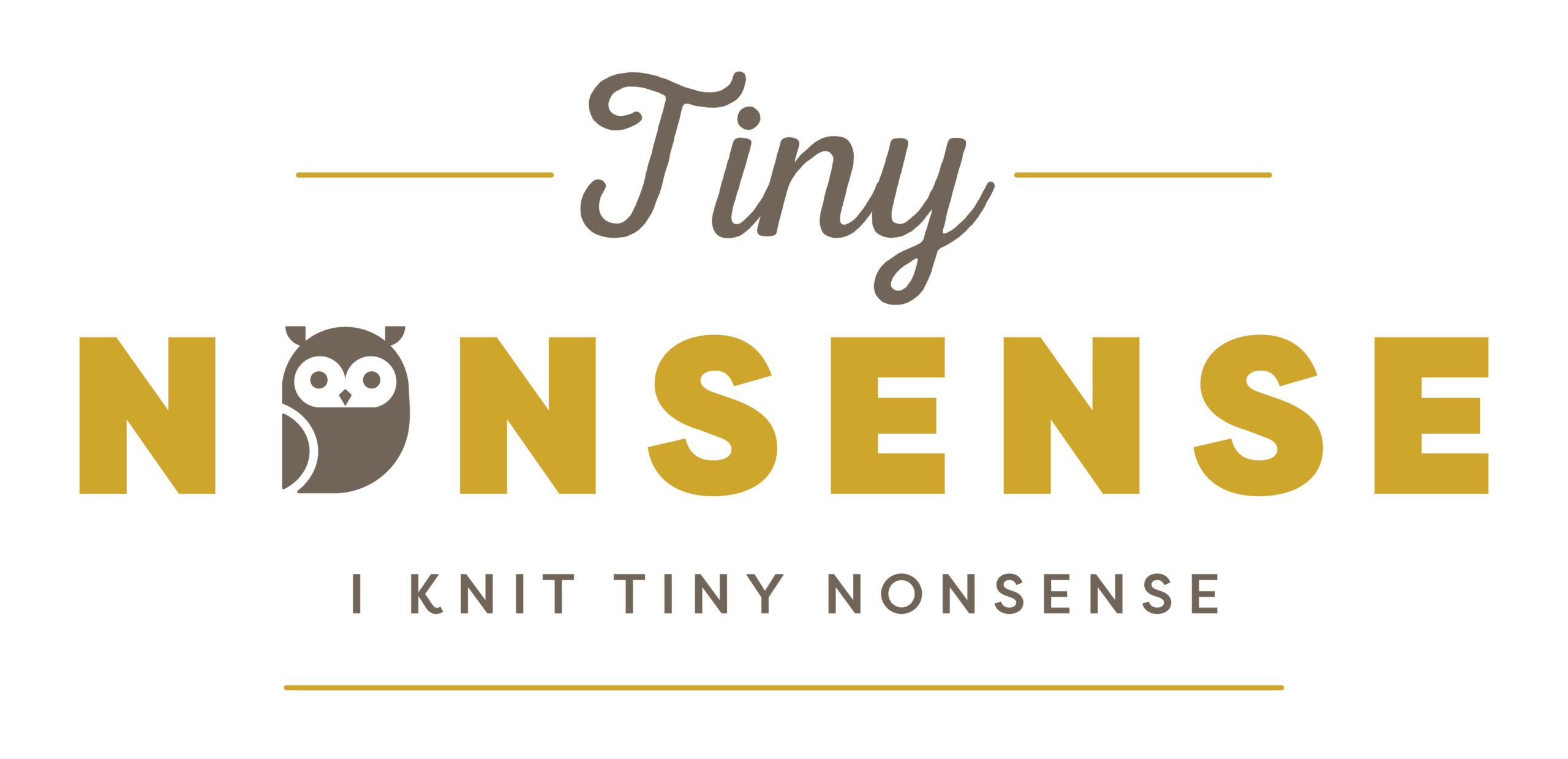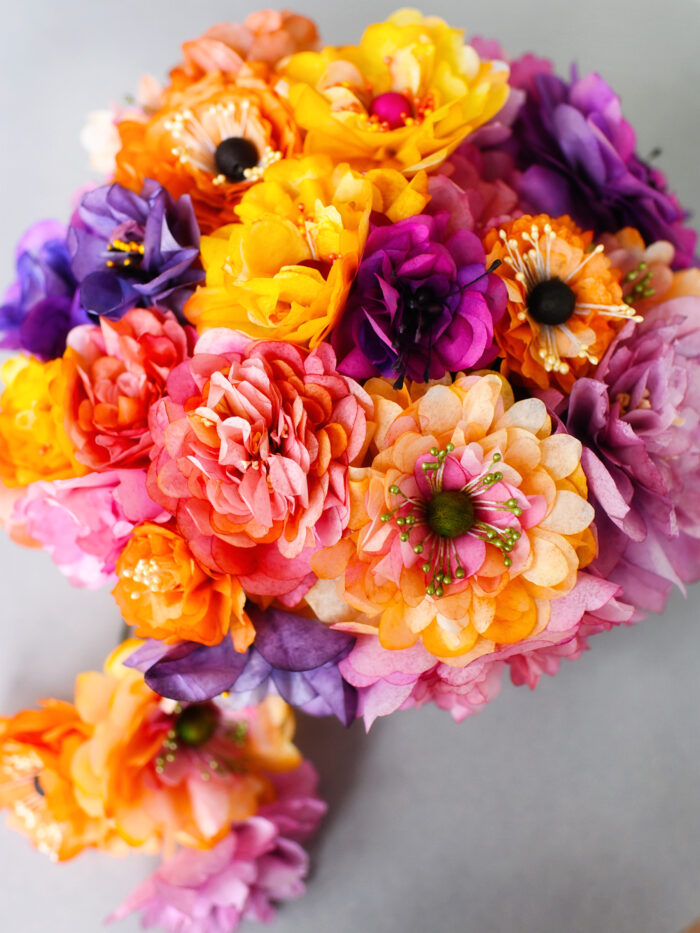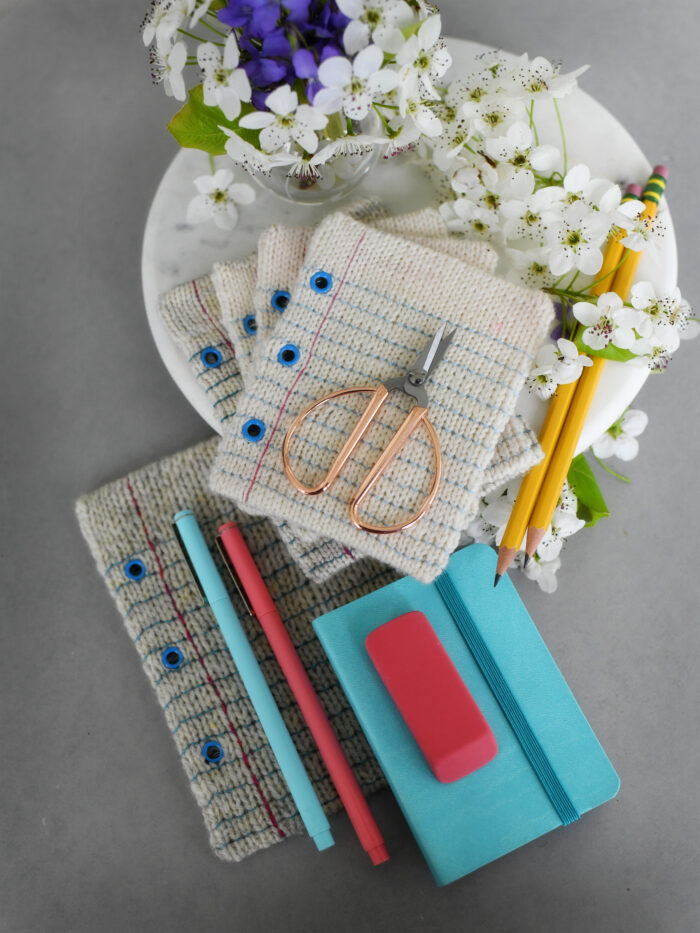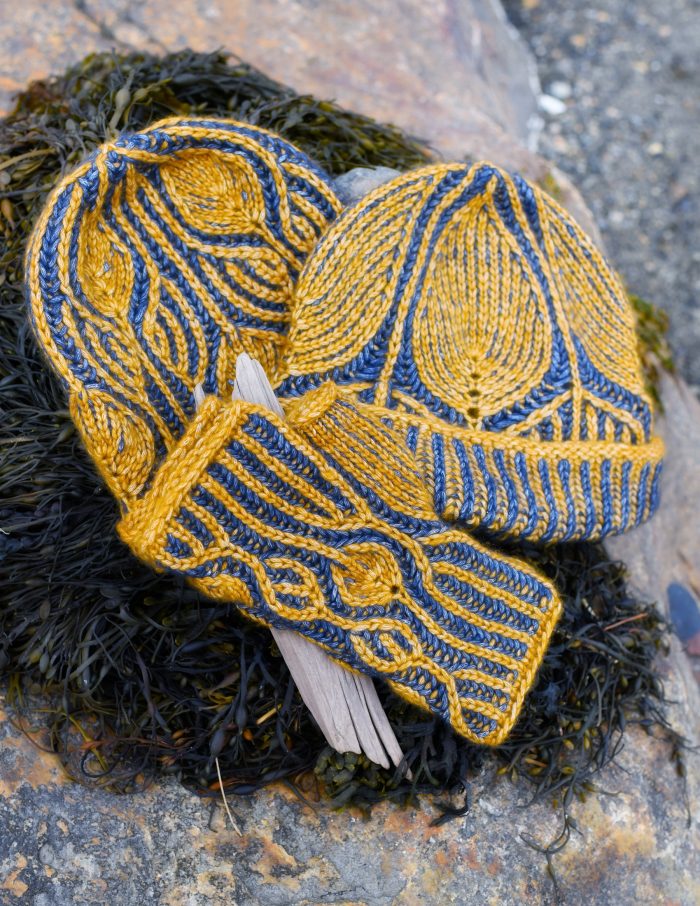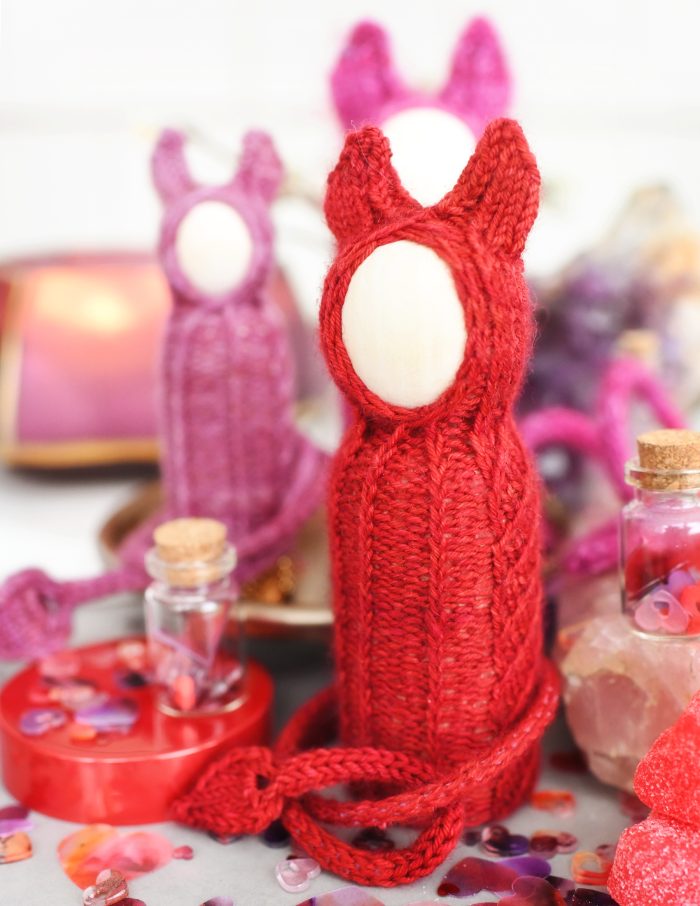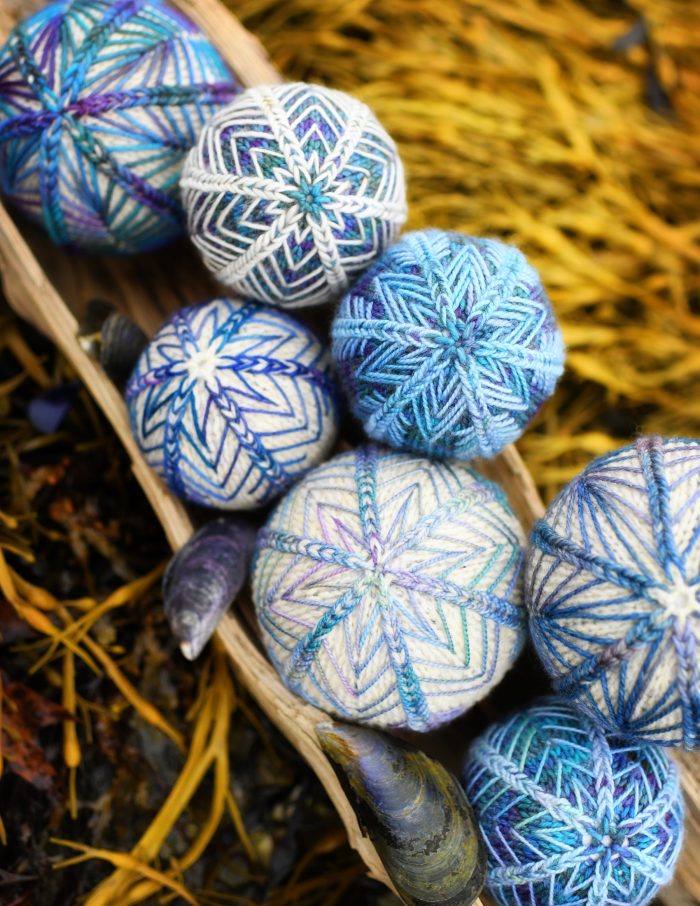Fiber first
When you’re deciding how to block something, you need to consider what sort of fiber you’re dealing with.
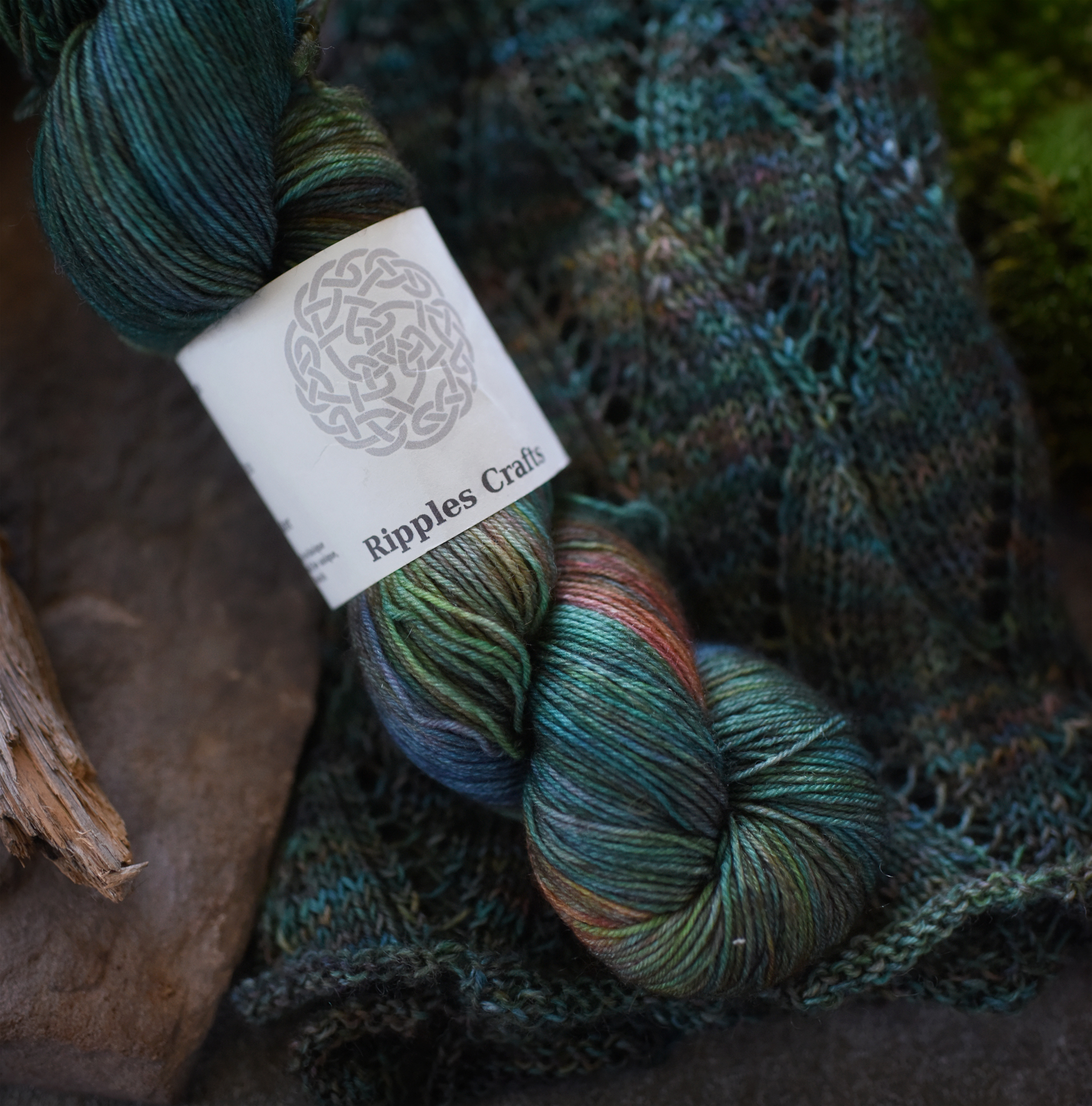
Most things you knit with (animal fibers, plant fibers, man made fibers) will benefit from Basic Blocking. That’s where you’re just washing it to get it clean, primping it a bit to even out the stitches, & letting it dry flat. It’s the equivalent of hanging up a damp shirt & running your hand down it once or twice to smooth it out a bit.
Just about anything you knit needs this, & I’m going to recommend you always do it. (You can find a few exceptions, but they are vanishingly rare, & if you know enough to come up with them, you know enough to exercise your own good judgement, mkay?)
But only some kinds of fiber benefit from Fancy Blocking. That’s where you go in with pins or wires (or both) & a few other implements & a feral gleam in your eye & impose your will upon the fabric. It’s the equivalent of carefully ironing the pleats in a pleated skirt so they hang Just So.
Most things don’t need that, but some stuff does. If you’re going to make something that needs it (like lace), you want to be sure you’re working in a fiber that can hold a block. Because some fiber has more memory than others. By memory, I mean if you get it wet, put it in a particular shape, & let it dry, it will hold that shape.
Animal fibers (wool, cashmere, alpaca) generally have good memory. Silk is pretty good too, though it’s delicate so you have to be careful. But generally, if you get an animal fiber wet, pin it out, & let it dry, it will (mostly) hold the shape it dried in.
Plant fibers (cotton, linen) are less good at this. They still benefit from a wash to get it clean & even out the stitches, but they won’t hold a shape as crisply as animal fibers.
Man made fibers are a whole other beast. You can do some fancy blocking stuff with them if you’re valiant & brave, but that’s a subject for another day.
Oh, and fibers that are mostly animal with a little man made, like a 75% wool 25% nylon sock yarn behave mostly like animal fibers.
Here I’m using 100% Bluefaced Leicester wool from Ripples Craft Yarn, & it’s going to block beautifully.
More soon…
Mailing List
Want to hear when a new pattern comes out or something fun is going on? Sign up below!
Patreon
Want to support the content I create, get nifty bonus material for some of my favorite patterns, or get every new release delivered right to your inbox? Head over to patreon and sign up!
